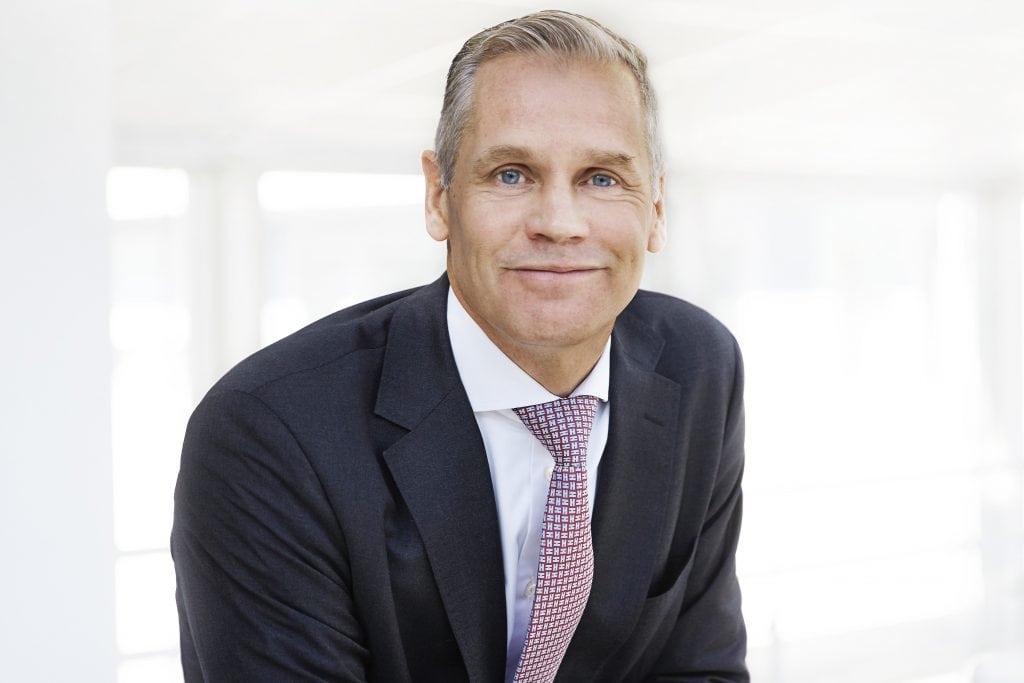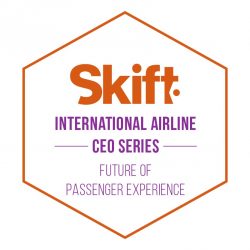Interview: SAS CEO Explains Why the Airline Embedded a Microchip in Employee's Hand

Skift Take

Future of Passenger Experience
To better understand the challenges facing airlines in an age of fluctuating oil prices, rapid growth, and changing passenger expectations, our Future of Passenger Experience series will allow leaders in the industry to explain their best practices and insights.For most of its 70-year history, Scandinavia's SAS innovated more than most airlines. It was the first carrier to fly directly over the North Pole, show in-flight movies, establish regular around-the-world service, and hire a female pilot.
But most of its big innovations happened years ago. For the last couple of decades, SAS has been in a difficult situation. As an independent airline with about 150 aircraft, it's tiny compared to Europe's big players — Lufthansa Group, Air France-KLM and International Airlines Group, owner of British Airways and Iberia Airlines. And while it is lowering its costs, SAS is not as nimble as Europe's leading low cost airlines, like Easyjet, Ryanair and Norwegian Air, its scrappy Scandinavian competitor.
Since joining SAS in 2014, CEO Rickard Gustafson has been trying to make it more competitive. Perhaps his biggest — and most unusual — strategy is his decision to create a new airline based in Ireland, where SAS will capitalize on cheaper labor costs. This Irish-based carrier, also to be called SAS, will operate starting later this year from two bases — one in London and one in southern Spain.
On some routes, Gustafson said the Dublin-based airline will make the Sweden-based parent company more cost-competitive with other airlines. It'll be useful for routes like London-Copenhagen, because, for now, SAS is the only airline flying between the cities with Scandinavian-based crews. (Oslo-based Norwegian also registers many of its planes in Ireland to save money.)
Under Gustafson, SAS has also invested in technological innovation. The airline recently created SAS Lab, an innovation center charged with creating solutions that might be useful to travelers in three to five years.
We spoke with Gustafson in early June at the IATA Annual General Meeting in Cancun, a conference for airline executives. We asked him how SAS can remain relevant against more the competition. We also learned about SAS Labs, and we discovered SAS has at least one employee with a microchip embedded in his hand.
Note: This interview has been edited for length and clarity.
Skift: You set up SAS lab to research ideas for future innovation. What's its mission?
Gustafson: We need to spark innovation in our business. We need to find ways to use new technology in a new, innovative way. So we said, 'Let's put a
